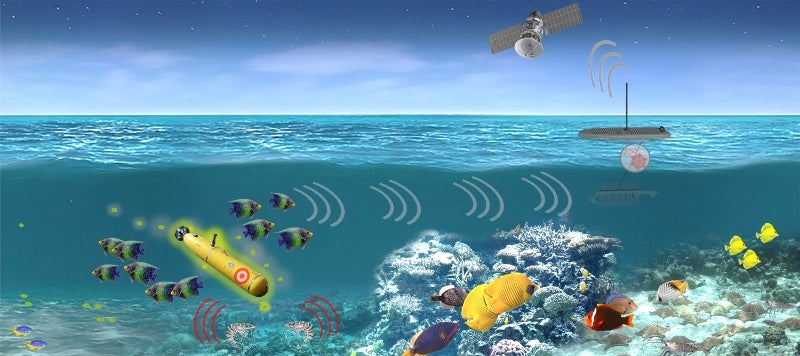
The US Defense Advanced Research Projects Agency (DARPA) has funded five teams of researchers to develop new types of sensor systems by analysing behaviours of marine organisms to help detect undersea activity.
The research is part of DARPA’s Persistent Aquatic Living Sensors (PALS) programme, which was first announced in February last year to incorporate biology into new solutions for monitoring adversary movements across the world’s oceans and seas.
Northrop Grumman, the Naval Research Laboratory, Florida Atlantic University, Raytheon BBN Technologies, and University of Maryland Center for Environmental Science are leading the five teams.
The new systems will be able to detect, record and interpret the behaviours of goliath grouper, black sea bass, and snapping shrimp, as well as bioluminescent plankton and other microorganisms.
This study of marine organisms’ sensing capabilities will increase the military’s capability to identify, characterise, and report on the presence of manned and unmanned underwater vehicles (M/UUVs) operating in strategic waters.
Raytheon principal investigator on the PALS programme Alison Laferriere told Naval Technology: “Raytheon BBN is developing a novel system to detect M/UUVs in coastal waters that will leverage the sounds made by organisms found naturally in the environment.
“The system will use the loud, impulsive sounds produced by snapping shrimp as sources of opportunity in a multi-static sonar system – detecting reflections of those sounds off of the underwater vehicle. To enhance performance and versatility, the system will also listen to the underwater soundscape (i.e. the sounds produced by all animals in the environment), utilising machine learning algorithms to detect changes in these sounds caused by the intrusion of an underwater vehicle.”
According to DARPA, the new, bio-centric PALS technology will strengthen the US Department of Defense’s existing, hardware-based maritime monitoring systems.
PALS programme manager Lori Adornato said: “Tapping into the exquisite sensing capabilities of marine organisms could yield a discreet, persistent, and highly scalable solution to maintaining awareness in the challenging underwater environment.”
Under the project, the teams are required to develop or apply technologies to record stimulus responses from observed organisms.
The scope also includes the development of combined hardware and software systems that are capable of interpreting those responses, screening out false positives, and transmitting analysed results to remote end users.
The researchers will develop solutions that will feature various technologies including hydrophones, sonar, cameras, and magnetic, acoustic, and kinetic sensors.
Furthermore, DARPA is funding another research project to develop a seafloor system that is incorporated with a hydrophone array and acoustic vector sensor to continuously monitor ambient biological sound in a reef environment for detection of any anomalies.
The project will be led by the Naval Undersea Warfare Center, Division Newport and will help in detecting and classifying underwater vehicles in near-real time.
–Additional reporting by Talal Husseini.



